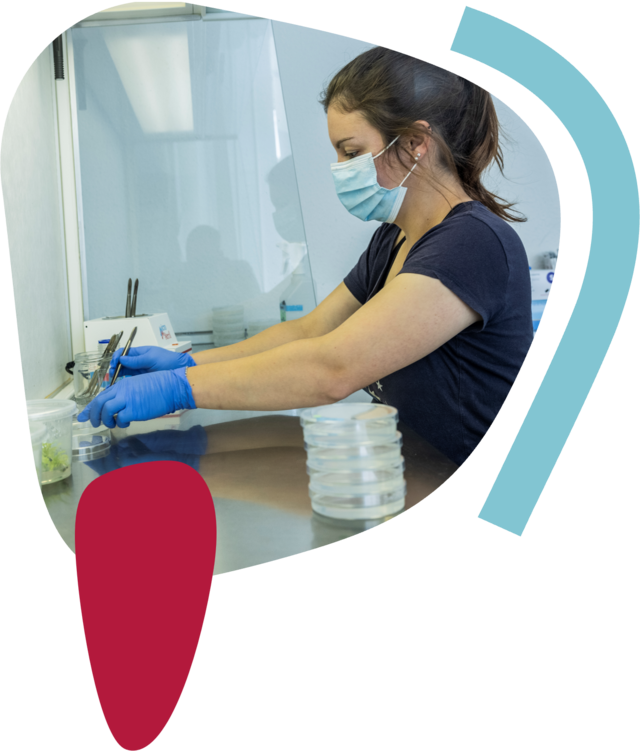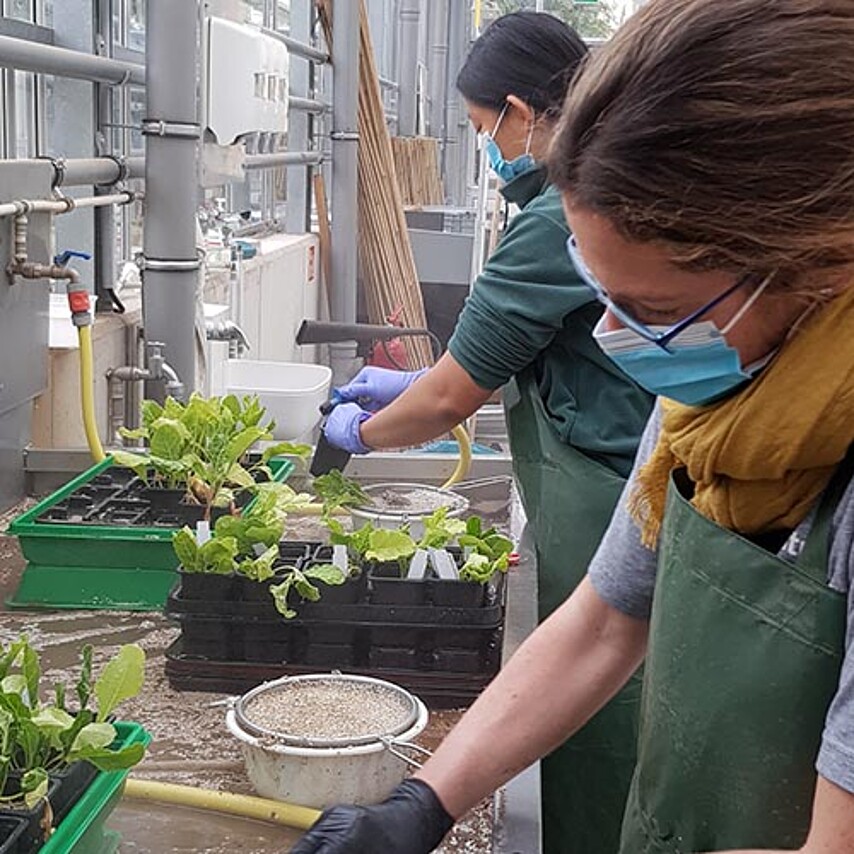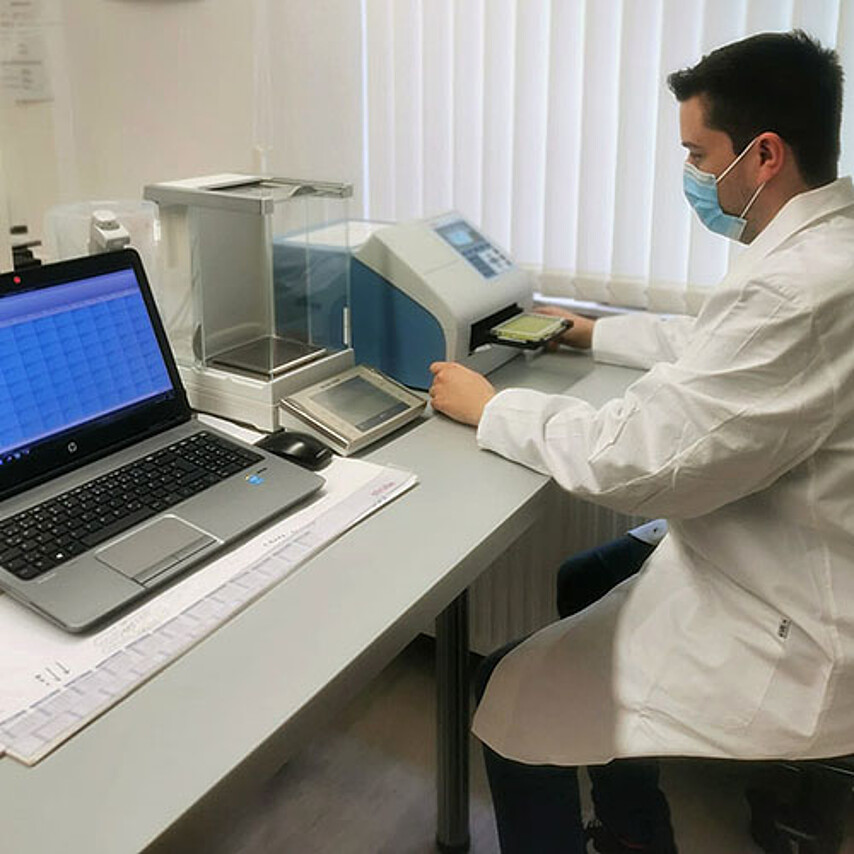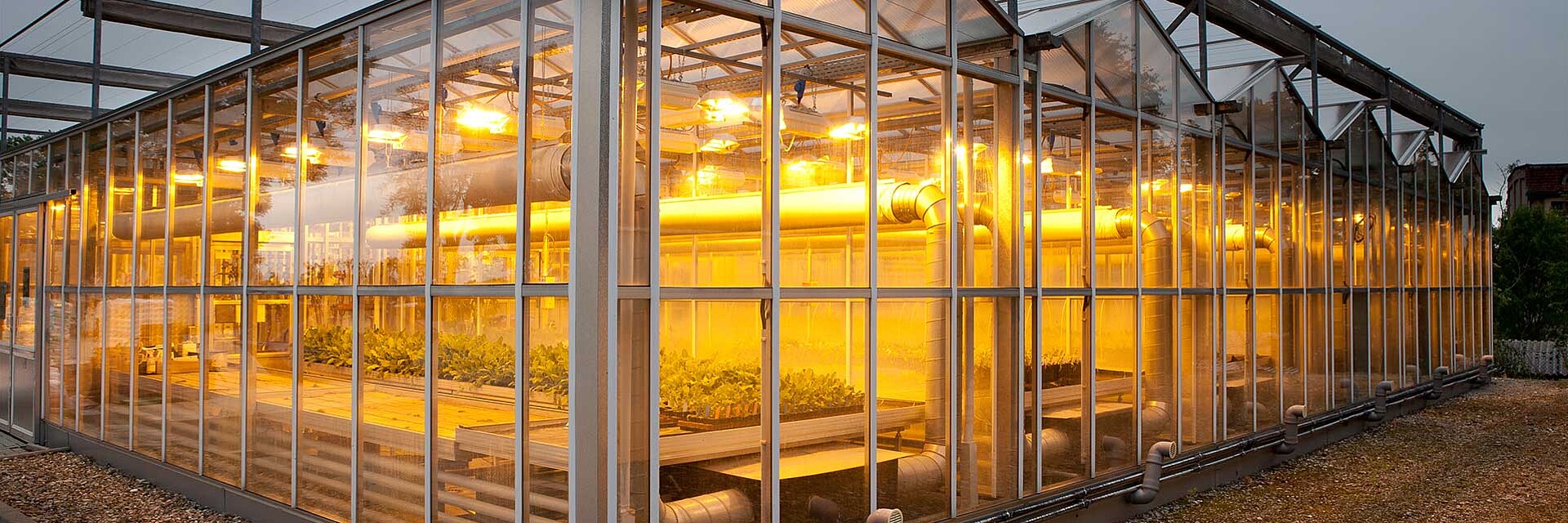A long way to healthy varieties

Sustainability in agriculture also means preserving the diversity of living beings and organisms. At this point the resistance of a crop has a high importance, a strong resistance enables the plant to cope better in the field with harmful pathogens and fungi without the need for plant protection measures. It requires special sources of tolerance and resistance in variety development. In the following article we will inform you about the most important goals and steps of tolerance and resistance breeding:
Breeding goals in tolerance breeding
Our priority is it to breed healthy sugar beet varieties with a stable and high yield. This is an important prerequisite, because farmers need healthy and high-yielding varieties to be able to operate sustainably and profitably at the same time. The focus is on the combination of different tolerance characteristics. We combine different tolerances in our varieties, such as Rizomania, Nematode and Cercospora tolerance, and select only those that achieve the highest yields.
Intensive tolerance breeding
In tolerance and resistance breeding, work is done step by step to achieve the various breeding aims. Initially, for example, the focus is on rizomania resistance, which is tested with molecular markers. In the next steps, selection is then made for yield and other important characteristics in the trial field.
Selection with molecular markers for Rizo varieties
We use molecular markers to analyse the DNA of our genotypes. Leaf samples are taken from seedlings and tested in the laboratory. The molecular marker result shows whether a genotype is vulnerable or resistant. We select the resistant ones and continue to breed them.
Selection for the second tolerance indication characteristic
To find out whether a genotype selected by molecular markers is not only resistant to Rizomania but also tolerant to nematodes, the next step is a nematode bioassay. In the biotest we test the genotypes in the greenhouse under standardised conditions for e.g. their nematode tolerance. From these selected genotypes, test hybrids are then produced, which we test in the field for their yield characteristics. For this purpose, they are tested under infested conditions as well as under non-infested conditions. In this way we can make a statement about the tolerance performance as well as the performance under non-infestation.
Most important criteria in the selection work
It is important that selection is always made with the focus on the breeding aims and that the greatest possible variation is started. This starts with the choice of crossing parents, because only genetically divergent parents lead to variation. Then the variation is described and selected among the resistant genotypes, which are endowed with a large number of positive traits. Not only the genetic background of the inheritance, but also the techniques of the test procedures and the environmental conditions of the field tests must be known. This is the only way to interpret the results and select varieties adapted to each environment.
Departments involved in tolerance breeding
We work very closely with phytopathology in tolerance breeding, as this can describe the diseases that occur. Subsequently, the breeding department searches for genetic solutions. Another close interface is the biotechnology sector, which develops molecular testing methods. It is also important to have a professional exchange and the assessment of colleagues who test our plants on the field. Only through integrated and close cooperation can the best genotypes be developed.



